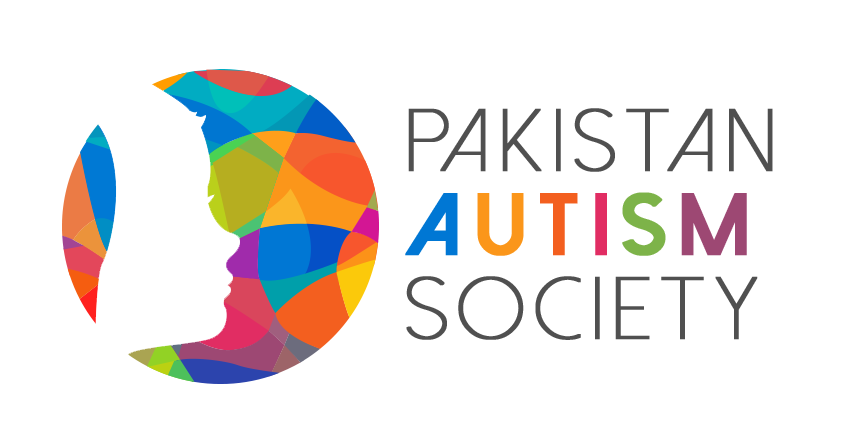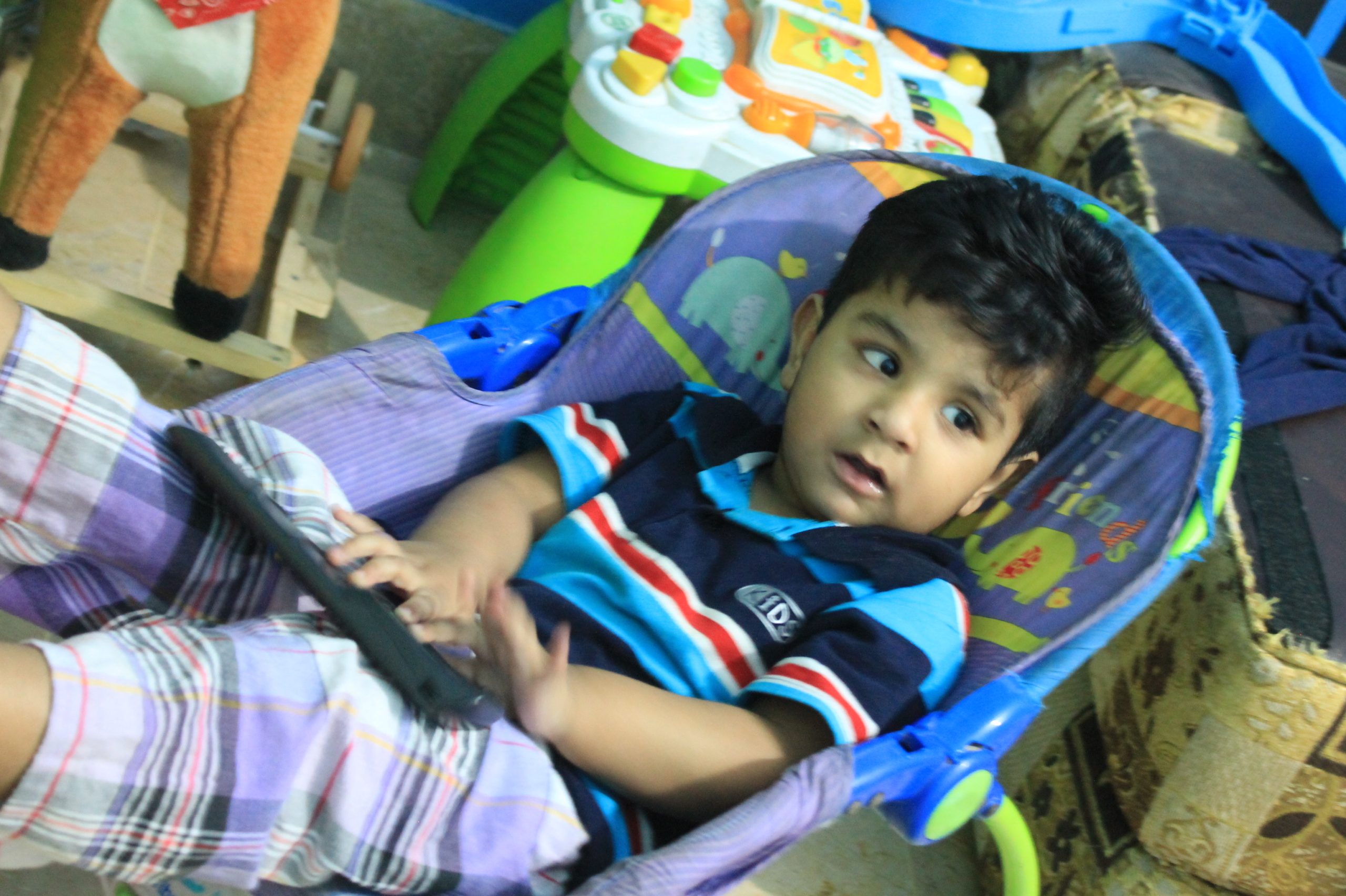Most parents ask, How Can You Improve Communication with Your ASD Child?
Children diagnosed with autism spectrum disorder are all different. Though the Diagnostic and Statistical Manual of Mental Disorders outlines a range of symptoms that fall into the categories of social communication and interaction and repetitive patterns of behavior, children with ASD represent a diverse group and can be high or low functioning, or anywhere in between. While the symptoms help with diagnosis, ASD kids, like all kids, are individuals.
When it comes to helping develop communication and social skills for kids with ASD, professionals tend to focus on deficits and look for ways to improve those skills.
When parents meet their child where the child is, they learn to communicate in a way that makes sense to the child. Instead of conditioning the child to attempt to “fit in” with other kids by understanding their language, ASD can be empowered to use their own communication style alongside family, friends, and classroom peers. Here are some strategies.
Visual cues:
From picture cards on paper to the use of technology for pictorial cues, visual cues are helpful for many ASD kids. If the child does not have verbal speech, single words and visual cues are the best communication methods to use.
Research shows that visual cues can increase social language and reciprocal conversation skills. For children with ASD. Visual cues can be used for individual words, to create step-by-step routines, and to communicate with peers.
Gestures:
When words don’t come easily, gestures can help. ASD kids might develop their own series of gestures to communicate. If this is the case, it’s best to learn their language and follow their lead. Parents can also develop gestures to reciprocate communication.
While nonverbal communication can feel frustrating to a parent who is accustomed to reciprocal verbal communication, it’s important to refocus on meeting the child where the child is. Chances are, gestures come naturally to the child.
Written labels:
Knowing the words and speaking the words are two separate things. Given that ASD kids tend to have better visual processing skills, using written labels around the house can help them internalize the language.
Playacting:
While ASD kids are different, and some avoid imaginary play, playing together, even in silence can help build communication skills. Use humor to lighten the interaction and tap into your child’s interests. When I asked the third-grade student to narrate his classroom for me using the perspective of a scientist, he used a voice he considered “scientific” and a lot of scientific terms, but he play-acted his way through his day and even gave me a role to play.
Embrace the quiet:
It might be tempting to jump into sportscaster mode and narrate every move your child makes to increase language development, but if you’re always talking, your child won’t have the space to communicate. Giving your child space to communicate, either verbally or nonverbally, is important.
Joint drawings:
If your child enjoys writing or drawing, try drawing together. Always follow your child’s lead. If your child begins by drawing a favorite food, draw something to go with it.
Comic strips:
Comic strips are a fun way to communicate because you can use all kinds of characters and the story can be ongoing. You can work through all kinds of social and emotional stuff together by drawing comics.
Music:
Drums, keyboards, shakers of all kinds, and other percussion instruments are easy to use, easy to control (you make the noise level you are comfortable with), and a great way to connect.
There’s no one-size-fits-all approach to improving communication with your ASD child, but when you tune in to your child’s cues, you can learn to connect with your child, and this will improve communication.














[…] […]